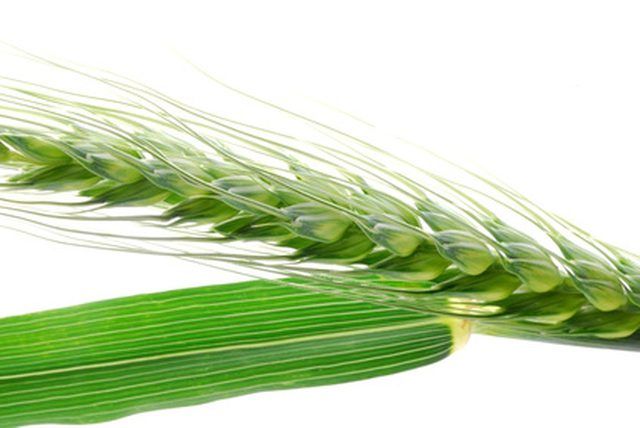Bulbs
Flower Basics
Flower Beds & Specialty Gardens
Flower Garden
Garden Furniture
Garden Gnomes
Garden Seeds
Garden Sheds
Garden Statues
Garden Tools & Supplies
Gardening Basics
Green & Organic
Groundcovers & Vines
Growing Annuals
Growing Basil
Growing Beans
Growing Berries
Growing Blueberries
Growing Cactus
Growing Corn
Growing Cotton
Growing Edibles
Growing Flowers
Growing Garlic
Growing Grapes
Growing Grass
Growing Herbs
Growing Jasmine
Growing Mint
Growing Mushrooms
Orchids
Growing Peanuts
Growing Perennials
Growing Plants
Growing Rosemary
Growing Roses
Growing Strawberries
Growing Sunflowers
Growing Thyme
Growing Tomatoes
Growing Tulips
Growing Vegetables
Herb Basics
Herb Garden
Indoor Growing
Landscaping Basics
Landscaping Patios
Landscaping Plants
Landscaping Shrubs
Landscaping Trees
Landscaping Walks & Pathways
Lawn Basics
Lawn Maintenance
Lawn Mowers
Lawn Ornaments
Lawn Planting
Lawn Tools
Outdoor Growing
Overall Landscape Planning
Pests, Weeds & Problems
Plant Basics
Rock Garden
Rose Garden
Shrubs
Soil
Specialty Gardens
Trees
Vegetable Garden
Yard Maintenance
How to Germinate Wheat Seeds
How to Germinate Wheat Seeds. Gardens contain more than just vegetables and, sooner or later, a love of growing and a love of bread might lead to an attempt at wheat farming. Wheat cultivation occurs in diverse climates all across the globe, and the beginning of the process, germination, can even occur inside your home. To germinate wheat seeds,...

Gardens contain more than just vegetables and, sooner or later, a love of growing and a love of bread might lead to an attempt at wheat farming. Wheat cultivation occurs in diverse climates all across the globe, and the beginning of the process, germination, can even occur inside your home. To germinate wheat seeds, also called grain, you'll need only common household materials and enough patience to wait for them to sprout.
Things You'll Need
Paper towels
Water
Clear, sealable, 1 gallon plastic bags
Wheat seeds
Bow rake
Garden hoe
Indoor Germination
Moisten a square of paper towel and lay it out on a flat surface.
Place seeds across the surface of the dampened paper towel. Arrange the seeds so they do not touch one another. Moisten a second square of paper towel. Place the second paper towel directly atop the first to create a paper towel sandwich with wheat seeds in the middle.
Choose any side of the sandwich, grip its edges and gently roll it up into a cylinder. Repeat the process, beginning at Step 1, for as many seeds as you desire.
Place finished paper towel and seed cylinders into a clear, sealable plastic bag. Seal the bag and allow it to rest at room temperature for four to five days. After the waiting period, open the bag, remove the cylinders, unroll them and remove the top paper towel to access germinated wheat seeds.
In-Ground Germination
Sow winter wheat seeds outdoors in fall--six to eight weeks prior to freezing temperatures. Sow spring wheat seeds outdoors at the beginning of spring.
Wheat seeds may be broadcast over a large area by hand. Toss handfuls of seeds over the planting area---attempt to evenly scatter seeds. Use a bow rake to incorporate the seeds with the planting area's soil. Run the bow rake back and forth across the seeded area to push the seeds beneath the soil's surface. Work winter wheat seed approximately 2 to 2 ? inches beneath the soil's surface and spring wheat 1 to 1 1/2 inches.
Drag a garden hoe across the planting area's soil to create a miniature trench, called a furrow. Drop a thin layer of wheat seeds into the bottom of the furrow. Use a bow rake to fill the furrow with surrounding soil.
Water wheat rows daily to keep the topsoil evenly moist until germination. Wheat rows in areas that receive more than 9 inches of annual average precipitation do not require irrigation--the seeds germinate naturally.
Tips & Warnings
Germination will occur naturally in areas with annual average rainfall over roughly 9 inches--irrigate wheat seed plantings in drier areas.
For outdoor plantings, encourage good seed/soil contact by compacting the planting area's soil with a roller.